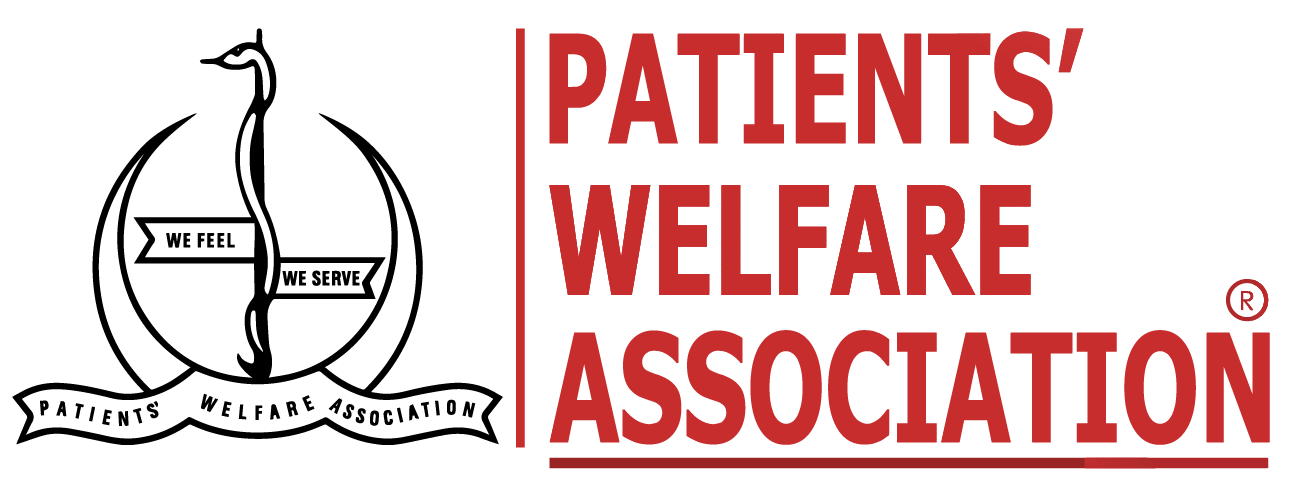Iron chelation is a medical procedure used for the treatment of iron overload caused by excessive transfusions, or from birth1. Iron chelation therapy has been found to improve some symptoms of thalassemia.
Iron Chelation Therapy
This can be achieved by administering a chemical substance which binds to the iron and removes it from the body. Symptoms like fatigue, anemia and growth failure show improvement after administration/initiation of Iron chelation therapy. The most common form of chelation therapy is deferoxamine (DFO; a synthetic dimer of 2-picolinic acid). DFO works by binding to ferric ions (Fe3+), which are usually bound to transferrin and other proteins in blood plasma or stored in tissues like liver cells. The following paper will further discuss the use of Iron Chelation as a treatment method for thalassemia patients.
Necessity of Iron Chelation Therapy
Iron chelation therapy is a crucial part of management for those with thalassemia having excessive iron accumulation due to increased breakdown of red blood cells and frequent blood transfusions. It has been available since the 1960s, when it was first used to treat patients with thalassemia major and later those with thalassemia minor.


Causes of Iron Overload
Iron overload, whether hereditary or acquired, can be caused by a variety of factors, including frequent transfusions, iron usage (typically as a supplement), and chronic hepatitis. Hereditary hemochromatosis (all types), African iron overload, sickle cell disease, major beta-thalassemia, sideroblastic anemia, enzyme deficiency (pyruvate kinase, G6PD), and rare transport protein disorders (Atransferrinemia, Aceruloplasminemia) are among the genetic disorders that cause iron overload2. The patient’s small intestine absorbs a lot of iron, which builds up in the liver, pancreas, and some regions of the brain, impairing important activities. Due to the generation of free radicals as a result of iron overload, significant complications such as mental retardation and early neurological illnesses (Alzheimer’s, multiple sclerosis, Huntington’s disease) might occur. 71% mortality in cardiac disease due to iron accumulation in myocardium is a significant complication of iron overload in beta-thalassemia. In order to avoid such serious complications, it is essential to suppress LPI (Labile Plasma Iron) and remove excess iron. Thus, the best selection for treatment of iron overload is iron chelation therapy.
Administration of Iron Chelation Therapy
Each transfusion unit includes approximately 250 milligrams of iron2. The body can only excrete a small quantity of iron per day, roughly one milligram, which is sloughed off in the skin via sweat. As a result, extra iron becomes trapped in important organ tissues such as the anterior pituitary, heart, liver, pancreas, and joints. When iron levels reach dangerous levels, disorders like diabetes, cirrhosis, osteoarthritis, heart attack, and hormone imbalances can occur. Hormone abnormalities can cause hypothyroidism, hypogonadism, infertility, impotence, and sterility. Chronic weariness, mood changes, and memory loss are all possible signs. Excess iron, if not handled, can lead to organ failure and death. In general, significant iron loading of the liver can be detected after about six months of monthly transfusions, while cardiac loading takes about eight to ten years3. Iron accumulation in liver is proportional to the duration of iron overload. In contrast, iron deposition on heart has a delayed but abrupt onset.
Advantages of Iron Chelation Therapy
Chelation treatment attempts to balance the rate of iron build up from blood transfusions by boosting iron excretion in urine and/or faeces using chelators4 . If chelation is delayed or insufficient, it will be essential to eliminate iron at a rate greater than this. Excess removal of iron can also damage the tissues therefore it is important to be cautious about the patient’s iron levels before starting chelation. To avoid toxicity from over-chelation, iron chelation therapy in patients is usually recommended at a serum.
References
- Iron chelation therapy in transfusion-dependent thalassemia patients: current strategies and future directions https://www.ncbi.nlm.nih.gov/pmc/articles/PMC4476479/
- Iron Reduction: Chelation Therapy https://irondisorders.org/chelation-therapy/
- Treating Thalassemia: Chelation https://www.thalassemia.com/treatment-chelation.aspx
- IRON OVERLOAD AND CHELATION – Guidelines for the Management of Transfusion Dependent Thalassaemia (TDT) https://www.ncbi.nlm.nih.gov/books/NBK269373/


